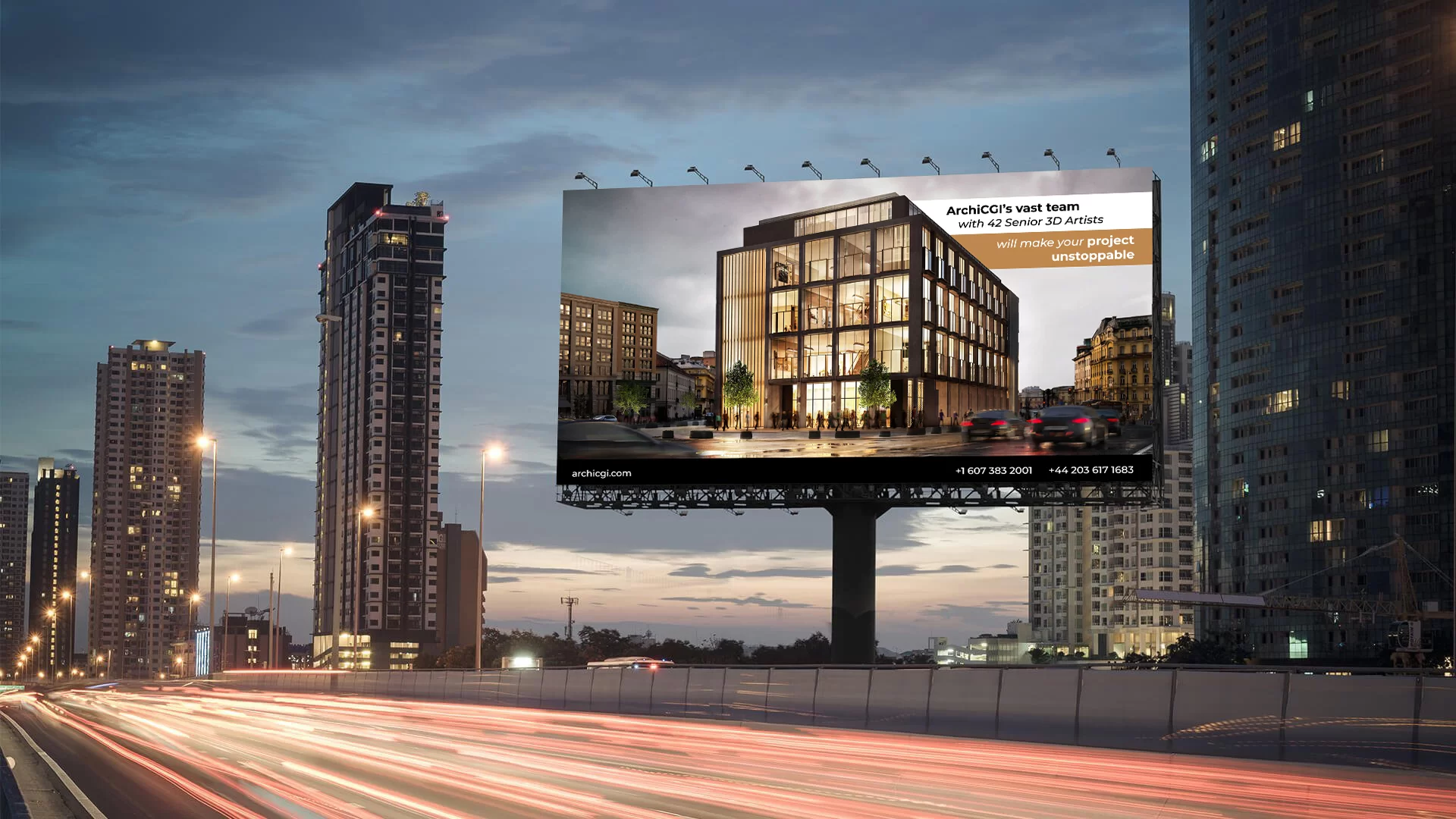Understanding the Purpose of Real Property Ads
Real property advertisements are essential tools for marketing real estate, whether residential, commercial, or industrial. The primary goal of these ads is to captivate the attention of potential buyers or tenants, evoking an emotional or intellectual response that motivates them to take action. To achieve this, the language of real property ads must be both precise and evocative. It requires an artful balance of factual accuracy and aspirational appeal, where each word must resonate with the target audience.

Key Components of a Well-Written Property Ad
1. Headline: Capturing Attention in an Instant
The headline is often the first and, sometimes, the only element a potential buyer reads. In a crowded marketplace, where countless properties are vying for attention, a headline must immediately distinguish the listing. Strong headlines employ brevity, impact, and relevance.
For example, instead of simply writing “Three-bedroom house for sale,” a headline might read: “Charming Colonial with Expansive Garden & Sunlit Interiors.” This conveys not only the basic property type but also highlights features that could emotionally engage a buyer. Words like charming, expansive, and sunlit evoke a sense of warmth, space, and natural beauty—qualities many homebuyers seek.
2. Engaging Descriptions: Painting a Picture
Once the headline has captured attention, the description must hold it. Here is where creativity and precision come into play. A good real property ad provides enough detail to inform, but also leaves room for imagination. The description should evoke the lifestyle the buyer or tenant could enjoy by acquiring the property.
For instance, rather than stating, “The house has a big yard,” an ad might say, “The sprawling, meticulously landscaped garden is perfect for summer barbecues and evening relaxation under the stars.” This transformation from a simple fact to a vivid image helps potential buyers visualize themselves in the space, thereby making it more attractive.
The ad should also make use of sensory language and descriptive terms to animate the property’s features. Words such as gleaming, airy, cozy, lush, and refined imbue the listing with an emotional texture that facts alone cannot convey.
Highlighting Key Property Features
1. Location, Location, Location
It is often said that the three most important factors in real estate are location, location, and location. For this reason, any effective real property ad must dedicate space to emphasizing the benefits of the property’s surroundings.
However, it is not enough to simply state, “Located in a great neighborhood.” Instead, one should delve deeper into what makes the location desirable. Is it near excellent schools, transport hubs, or cultural landmarks? Perhaps the area is known for its quiet streets or vibrant nightlife. Tailoring the description to the target audience is crucial. For a family-focused property, emphasizing proximity to parks and schools will be key, whereas for a trendy loft, highlighting nearby cafes, art galleries, or nightlife will resonate more.
2. Interior and Exterior Features: Balancing Detail with Appeal
Property ads need to be both informative and enticing when describing interiors and exteriors. A standard list of features such as “three bedrooms, two bathrooms, open kitchen” is functional but lacks flair. To truly engage potential buyers, these descriptions should go beyond the basics.
For example:
- “The open-plan kitchen, with its sleek quartz countertops and high-end stainless steel appliances, is both functional and stylish, ideal for the modern gourmet.”
Or:
- “The master suite is a private retreat, featuring vaulted ceilings, a spacious walk-in closet, and a spa-like ensuite bathroom with a deep soaking tub.”
These descriptions do more than inform; they provide a sense of luxury, comfort, and aspiration. On the exterior, instead of merely saying, “large patio,” one could write, “Expansive terrace with uninterrupted views of the rolling hills, ideal for al fresco dining or sunset cocktails.”
Effective Use of Real Estate Jargon
While property ads should aim for clarity, using some industry-specific terminology can add a layer of professionalism and appeal to certain buyers. For instance:
- Turnkey: This signals a property that is ready for immediate occupancy, requiring no further work.
- Curb appeal: Refers to the attractiveness of the property as seen from the street, often a key factor in first impressions.
- Pied-à-terre: Commonly used to describe a small, secondary residence in a city, typically used by individuals with primary homes elsewhere.
- Easements: Refers to a legal right for someone else to use part of a property (a term that can be important in large estates or rural properties).
Employing such jargon, when appropriate, signals expertise and can resonate with buyers who are more familiar with the real estate market.
Creating Urgency: Encouraging Immediate Action
Every real property ad should contain a subtle (or sometimes not-so-subtle) call to action, encouraging potential buyers to act swiftly. This is often accomplished through phrases that suggest scarcity or time-sensitive opportunities.
Examples include:
- “This gem won’t last long—schedule your viewing today!”
- “Opportunities like this are rare in such a sought-after location.”
- “With interest rates at a record low, now is the perfect time to invest.”
Such language nudges the reader towards taking the next step, whether it’s booking a viewing, calling the realtor, or simply seeking more information.
Conclusion: Crafting Ads That Sell
In the competitive world of real estate, the difference between a property sitting on the market or being sold swiftly often hinges on the effectiveness of its advertising. A well-crafted property ad is more than just a list of features; it is a narrative that conveys possibility, emotion, and urgency. By blending vivid descriptions, strategic use of real estate jargon, and an understanding of the target audience, property ads can turn potential buyers into eager owners.